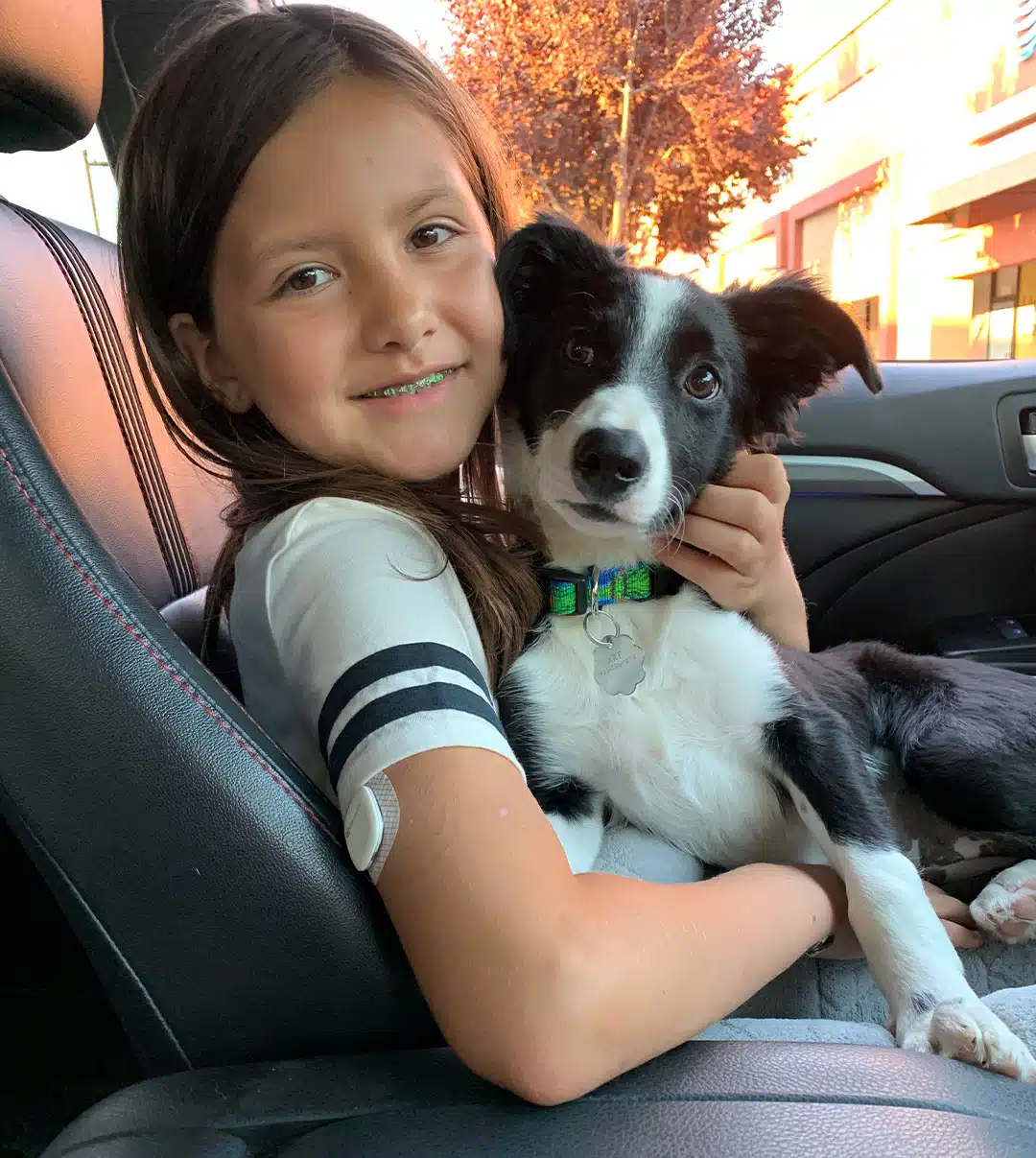This is part of our series of informational tips for volunteer foster families.
Consider making a long-term difference through short-term care by signing up to foster animals in need.

Separation anxiety describes dogs that experience anxiety when their owners leave them alone. The anxiety can manifest as a wide-range of behaviors from whining and panting, to destruction of doors or windows, to self-mutilation. It can be distressing and frustrating to have an anxious dog, but with proper management and training, separation anxiety can be avoided and mild signs can be placated.
Here are a few ideas on how to help prevent separation anxiety from occurring:
- Keep departures and arrivals low-key. During the 10-15 minutes before you leave the house, strive for a calm, neutral atmosphere. Avoid grand gestures of hugging, kissing, or petting with your dog. If your dog has previously shown any signs of anxiety over your departures, it may be best to simply ignore the dog during those last 10-15 minutes before you leave. Similarly, when you arrive home, acknowledge your dog quietly if your dog is calm. If your dog is jumping on you, tearing around the house, whining or crying with excitement, or otherwise appears excited, then ignore your dog until they have visibly settled down, and then calmly greet your dog.
- Find a couple long lasting treats that your dog enjoys. It would be good to experiment with the treats while you are home because if they aren’t interested in it while you’re around, they’ll likely not be interested in it while you’re gone. Try treats like:
- Knucklebones, bully sticks, or other ingestible and digestible chews
- KONGs or other food dispensing toys stuffed with kibble or treats, sealed with peanut butter or banana mash, and then frozen
- Food dispensing toys: Tug-a-Jug, Twist ‘n Treat, Squirrel Dude, The Buster Cube, The Tricky Treat Ball, The Atomic Treat Ball, and The TreatStik
- Hiding kibble or treats in cardboard or paper products that your dog as to tear apart to get to the food: cereal boxes, paper towel rolls, egg cartons, paper bags, etc…
- Practice alone time. Identify a comfortable, safe area for your dog to be alone – in a room separated by a baby gate or in a crate (if crate trained). At least once a day, set your dog up in this area with a long-lasting treat, some of their favorite toys, a comfy bed, and some water. Start by only leaving them alone for very short periods of time, and you can vary between being completely alone and sitting nearby but not engaging.


